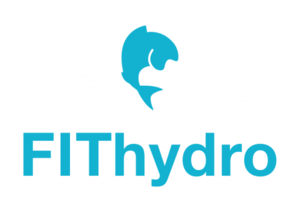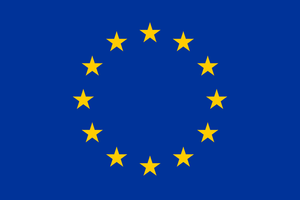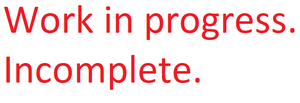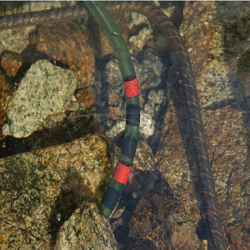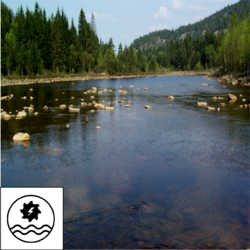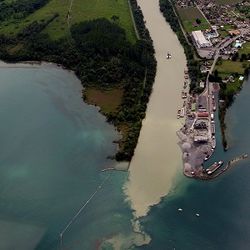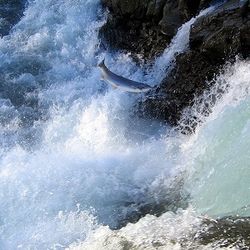Main Page
Hydropower and fish: challenges
Hydropower is a very site-specific technology developed where the topography and hydrology are favourable. All hydropower plants require construction of a dam or weir, generally obstructing fish movements. Habitat are altered by imposed changes in flow and/or sediment transport and the set of impacts can be inter-related. The magnitude of the changes in flow is to a large degree determined by the size of the reservoir, making it possible to store water from period of abundant resources to periods of lower inflow. Biology and composition of the fish population is, however, unique to each site. As such, the environmental problems and the related measures are also very specific to each location, posing challenges to presenting generic measures viable to all possible sites, and often the solution will be a combination of measures.
In general, hydropower impacts on fish can be described as:
i) direct impacts,
ii) impacts on movements and
iii) impacts on habitat
The direct impacts could be mortality or injury caused by turbine passage or flushing of sediments, while building a dam will introduce challenges with respect to upstream and downstream migration (impacts on movements). Changes in the natural flow and sediment regime will change the habitat condition, both in the short and long-time horizon.
[Link to DSS]
What is FIThydrowiki and how do I use it?
This wiki was created to help users identify and implement the appropriate mitigation measures for environmental problems caused by hydropower production.
The first step in this process is to identify what the problems actually are, and what they are caused by. These issues should be chosen from classification parameter values that have been consistently applied for each type of mitigation measure; for example, if there are issues with salmon spawning rates due to a lack of suitable substrate, choose the values "Salmon", "spawning", "substrate". Once the issues are determined, the user can search for the mitigation measure(s) that are appropriate for the given situation following the search instructions.
After identifying the appropriate mitigation measures, the user can learn more about them and how to implement them using the methods, tools, and devices (MTDs) instructions on the mitigation measure pages.
Categories of mitigation measures
Click the image to go to the main article for each category.
- Salmon smolt 300.jpg
